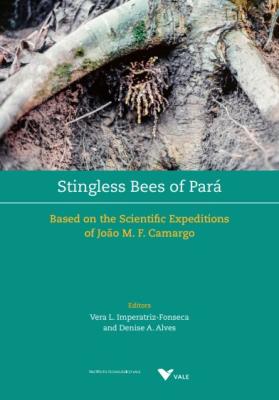Stingless bees of Pará: based on the scientific expeditions of João M. F. Camargo
Keywords:
Bees, Meliponini, BiodiversitySynopsis
Biological collections are dynamic and permanent sources of knowledge on biodiversity: they provide essential information on the morphological and genetic components of species diversity, and geographic distribution records, among other important aspects of diversity. Often, they are the only archive of extinct species, which makes them essential for the development of scientific research on biodiversity. Information that has been collected over many decades is vital to define priority areas for research and conservation as well as for the identification of understudied taxa, among other functions. We know how collaborative work brings better outcomes and consolidates new opportunities. In this sense, the publication Stingless bees of Pará is a reference, in that it gathers the results of scientific expeditions to the Amazon with a focus on the occurrence and distribution of stingless bees and their nests, collaborations between researchers and alliances that have been established among institutions. It also celebrates the activities of researchers, who were transformative figures, i.e., that produced works of extraordinary quality, and which traverse the boundaries of science and art: Warwick E. Kerr, a great scientist who pioneered bee studies in the Amazon, the taxonomist João M. F. Camargo, the anthropologist Darrell A. Posey and Kwyrà-Kà, the bee expert of Gorotire Village. Together, they illuminated, for example, the vast wealth of traditional knowledge on bees of the Kayapó people, which domesticated nine bee species, among the 56 that they knew by name and utilised in everyday activities.
Downloads




 Português (Brasil)
Português (Brasil)
 English
English
 Español (España)
Español (España)
 Français (Canada)
Français (Canada)
 Deutsch
Deutsch
 Italiano
Italiano



